
10 Brilliant Christmas Gift Ideas for Everyone on Your List
This Christmas, give more than just a gift—give a sense of possibility. Think of offering someone you care about the freedom to explore, the reassurance of backup power, and the...
320W N-Type Solar Panel(2-Pack) - Total 2pcs is backordered and will ship as soon as it is back in stock.














The lightest and most compact 320W N-TYPE rigid solar panel with high-efficiency 18 busbars design.
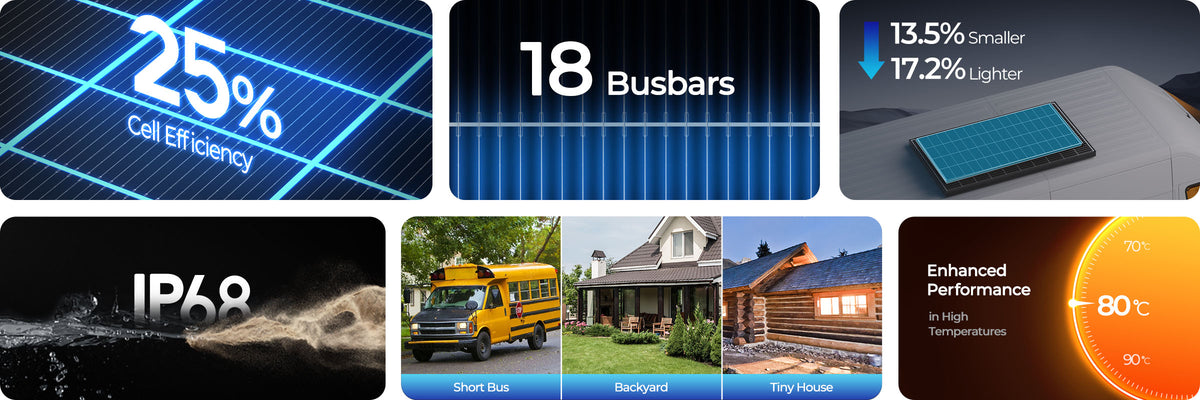
Two 320W panels use less space and require fewer connections than six 100W panels, creating a cleaner, more efficient setup for tight spaces.
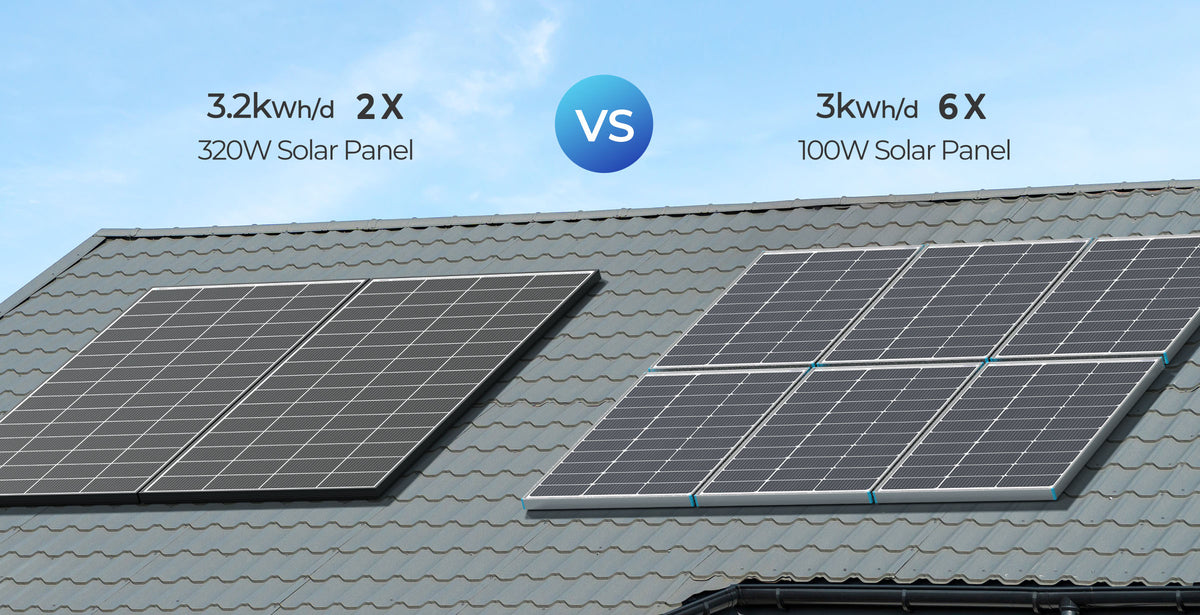
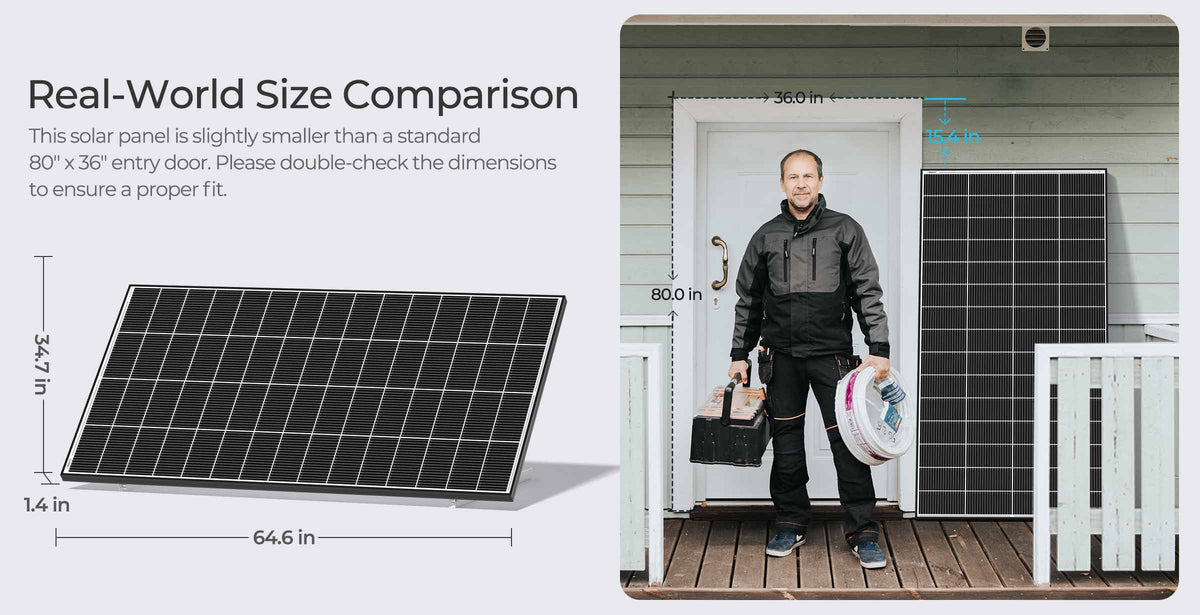
N-TYPE cells keep delivering strong power, even under scorching sun and blazing temperatures
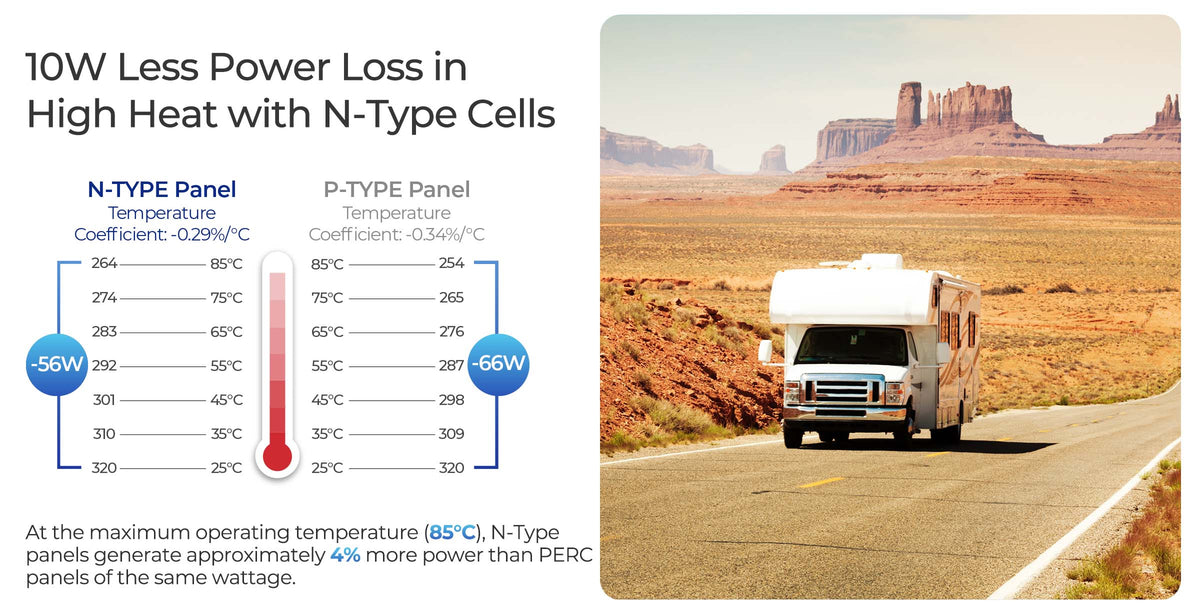
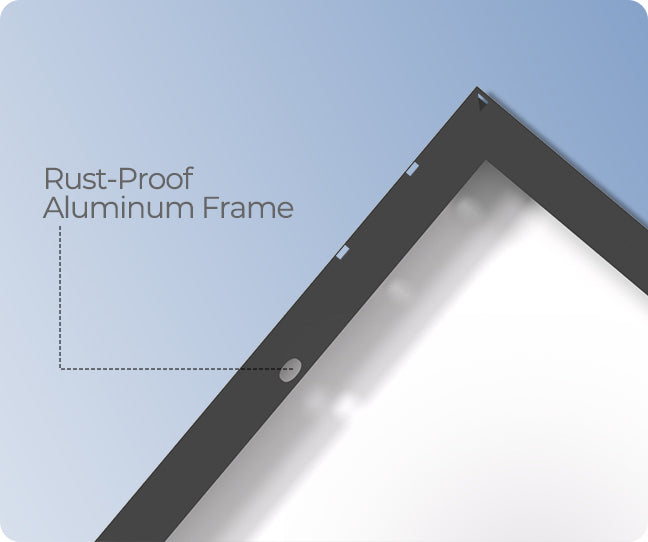
Tough frame and upgraded materials to handle bumps, heat, and everyday wear

Handles 5400Pa of pressure — about 550kg/m² or up to 1.5 meters of snow, so even heavy winter storms won’t weigh you down
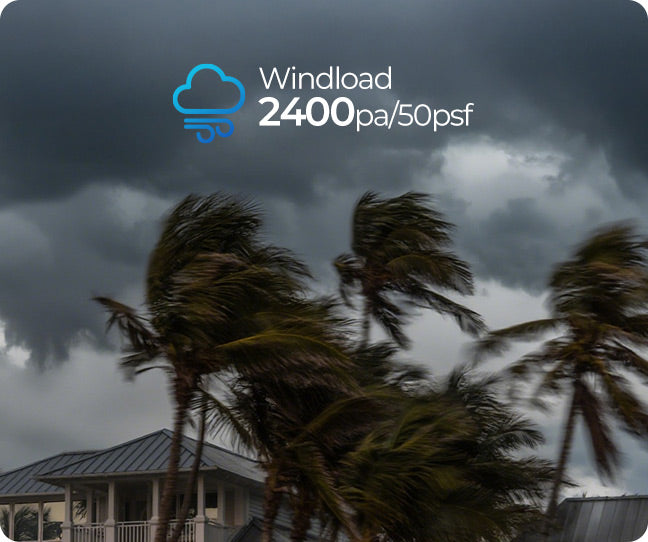
Withstands 2400Pa of wind load — tough enough to ride out 12-level gales or hurricane-force winds on the road or rooftop
Pre-drilled for fast installation—flat, tilted, or on a pole, it fits your system your way
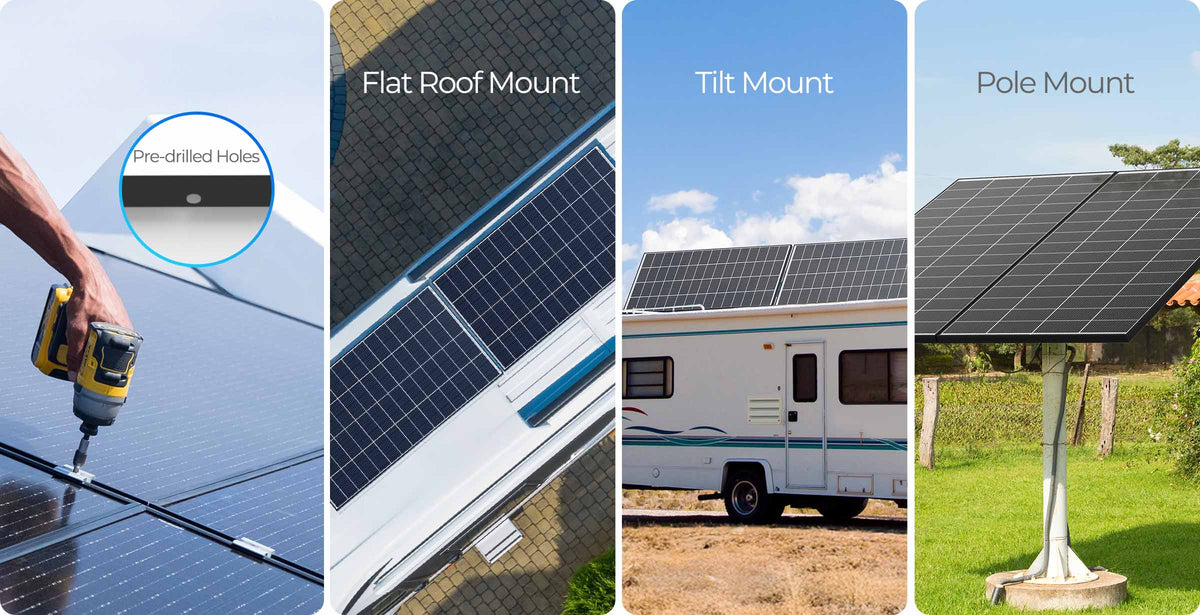
Whether it’s your RV roof, a forest cabin, or your backyard shed—this panel delivers reliable solar energy wherever you need it most
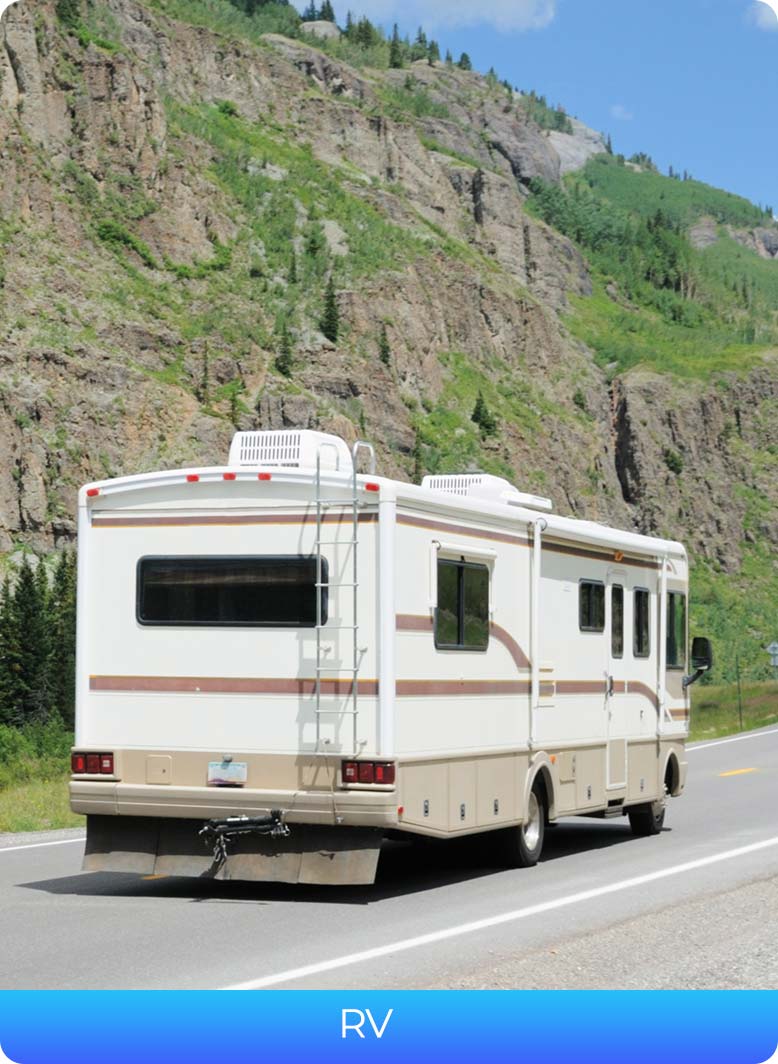
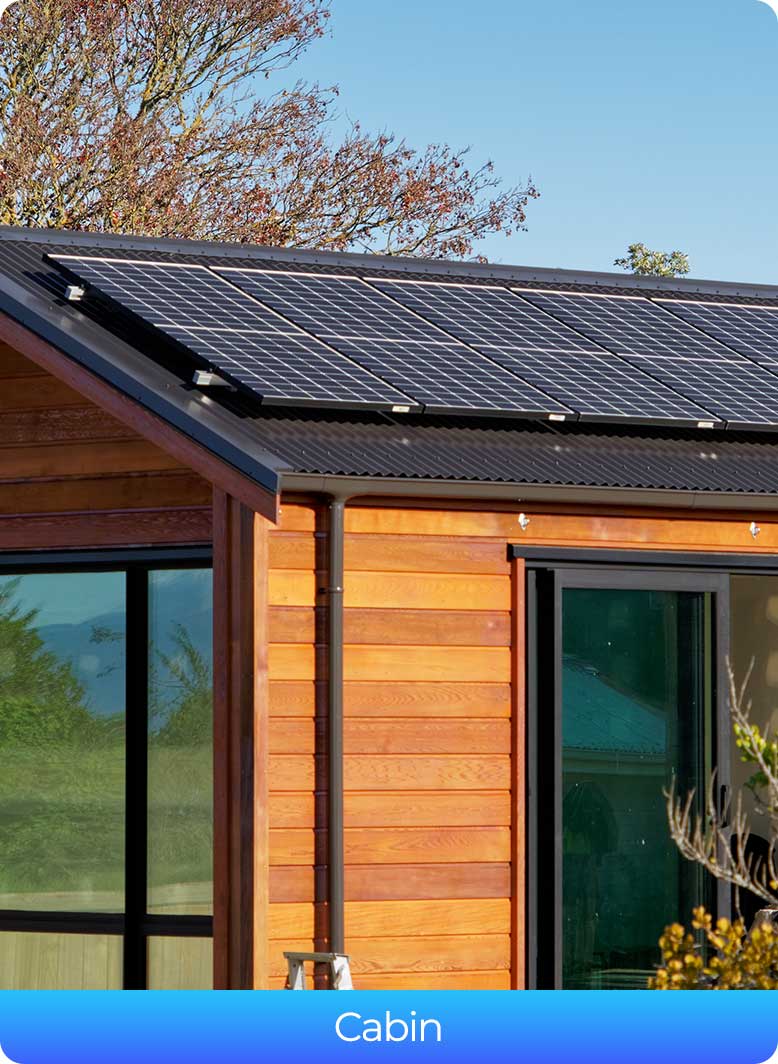
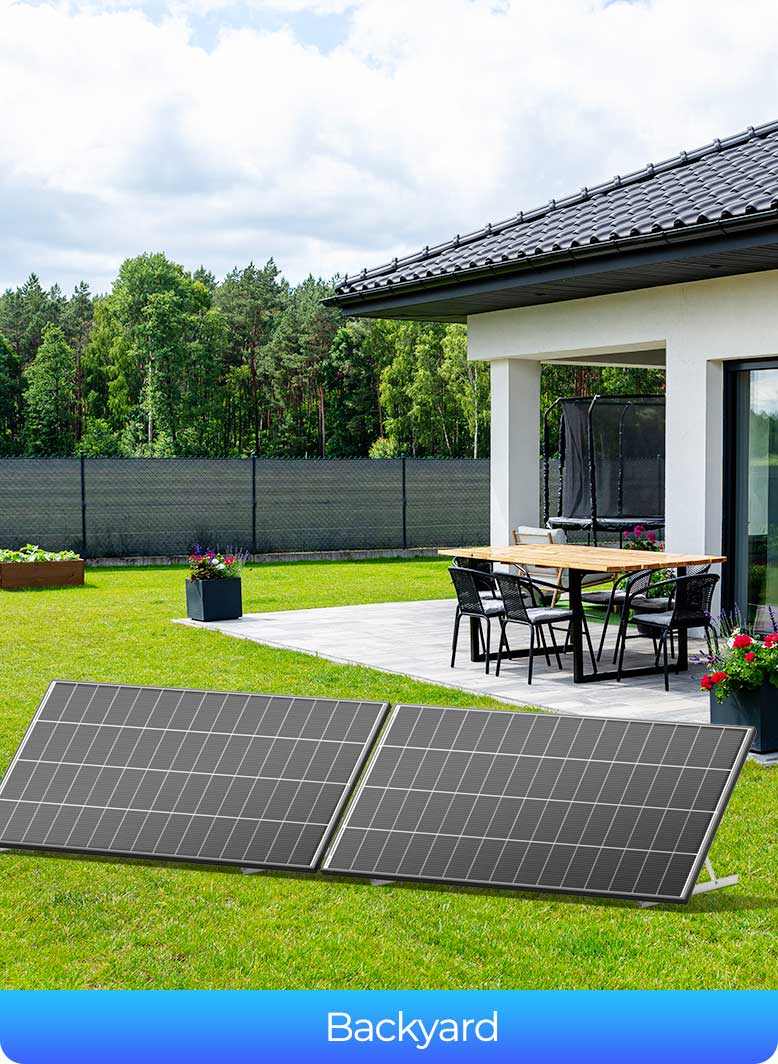
x1
A solar panel has to be connected a charge controller to regulate current, and a battery to store the electrical power. You will need adapter kit cables to wire the solar panel(s) and charge controller, and tray cables connecting the charge controller to a deep-cycle battery.
On-grid simply means solar power equipment (array or solar panel) is connected to the electrical grid, while off-grid refers to systems that are not connected to the grid and therefore store the generated power for later use. Off-grid systems are not affected by grid blackouts.
Solar panel performance may be hindered for a number of reasons. Most commonly environmental conditions such as indirect sunlight, temperature rise, cloudy sky, and dirt and stain build up on the top glass will cause a reduced power output.
Solar panels can be connected in series or in parallel to meet your electrical circuit size and power demand. Connecting solar panels in series will have the effect of adding up their operating voltage output, while system current output will be the same as that for one panel. While, connecting solar panels in parallel will have a different effect; individual panels operating current output will add up to be the system output current, while system output voltage will be the same as the output voltage of one solar panel. To meet the optimum power output and system rating for your power system, you can use both parallel and series connections.
The best way to gauge how many solar panels you need, is to understand and define the power load needed from this system. Power is measured in Watts, and capacity is commonly measured in Watt-hours (multiplying power output in watts by the required number of hours of operation multiplied by a safety factor of 1.5-2). Therefore, it is wise to size your battery bank first based on the minimum required capacity, and accordingly decide how many panels or how much power input is needed.
When you open the product page, you will see the title like "xxx Watt 12 or 24 or 48 Volt Monocrystalline Solar Panel", please don't misunderstand its meaning. Here "12V or 24V or 48V" does not refer to the operating current or short circuit current of this solar panel, but to the fact that one xxxW solar panel is suitable for 12V or 24V or 48V system. So how do we find the exact parameters of the solar panel? Please find and click "Specification" on the product page, you can clearly see all the specifications of this product.